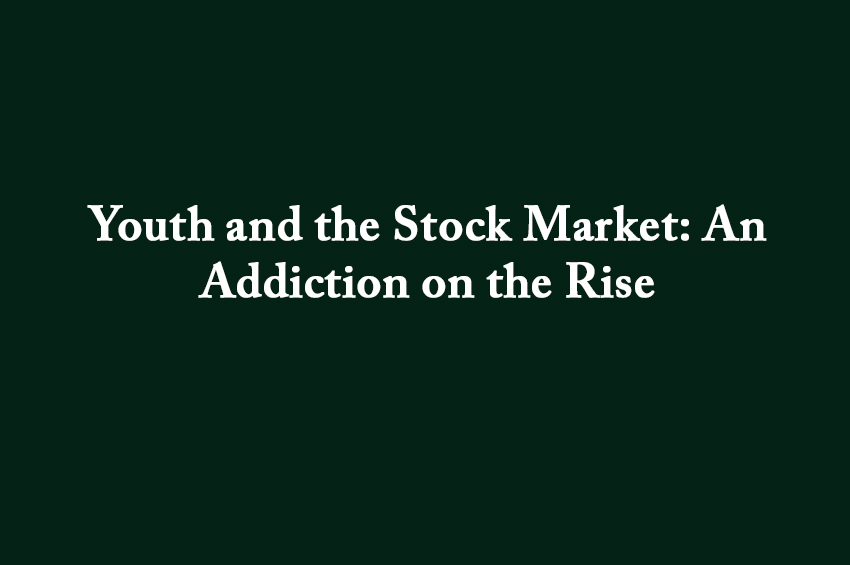Winning Bizness Desk
Mumbai. In today’s fast-paced digital age, the allure of the stock market has captivated the younger generation, transforming what was once a platform for investment into a breeding ground for addiction. A startling report from the Securities and Exchange Board of India (SEBI) reveals that a staggering 93 percent of investors engaged in futures and options (F&O) trading are experiencing losses. Additionally, 71 percent of intraday traders are facing the same fate. The story of an 18-year-old B.Tech student serves as a poignant example of this trend. Drawn into the world of online trading, he lost a shocking Rs 20 lakh. In a desperate bid to fund his trading activities, he borrowed money from friends and even resorted to loans from dubious apps, all without his parents’ knowledge. Influenced by a friend's boastful claim of earning Rs 1 crore within a year through trading, he plunged headfirst into the market. He joined Telegram groups promising insider tips and was initially advised to start small. However, driven by a desire for quick wealth, he found himself in a downward spiral, losing everything.
A Surge in Intraday Trading
The numbers are alarming. A recent SEBI study indicates that the number of individuals engaging in intraday trading skyrocketed from 15 lakh in the financial year 2018-19 to 69 lakh in 2022-23. Most notably, the proportion of young traders under the age of 30 surged from 18 percent to 48 percent during this period. Unfortunately, the majority of these intraday traders—71 percent—reported losses in the financial year 2022-23. This trend is not limited to intraday trading. In the past three years, 93 percent of retail traders involved in F&O trading have incurred losses, with each trader averaging a loss of Rs 2 lakh.
The Dark Side of F&O Trading
Futures and Options trading, characterized by high risks and potential high rewards, has emerged as a shortcut for many aspiring to earn significant profits with minimal capital. However, this strategy can quickly turn into a recipe for disaster. Dr. Parth Soni, a psychiatrist at Vadodara's Alpha Healing Center, draws parallels between the dopamine rush experienced from trading and gambling addiction. “Initially, when individuals make profits, they feel exhilarated,” he explains. “But over time, this thrill morphs into an addiction, and they become convinced that they can eventually recoup their losses.”
Acknowledging Trading Addiction as a Disease
Fortunately, there is hope. Dr. Manoj Kumar Sharma, coordinator of Bengaluru's 'Service for Healthy Use of Technology' clinic, emphasizes the growing recognition of trading addiction as a legitimate concern akin to gambling or alcohol addiction. “People are beginning to understand that trading addiction is a disease, and treatment is indeed possible,” he asserts.
As the youth continue to flock to the stock market, it becomes increasingly essential to foster awareness about the risks involved and to promote healthier approaches to investing. By recognizing the signs of addiction and seeking help, individuals can reclaim control over their financial futures, ensuring that the stock market remains a platform for opportunity rather than a pitfall of despair.


